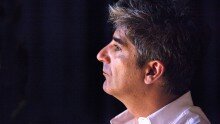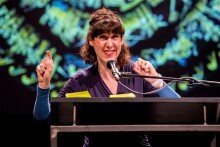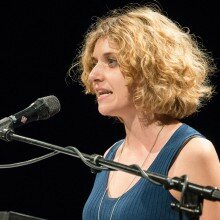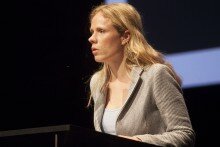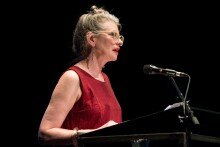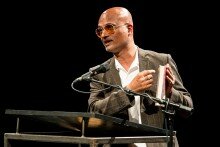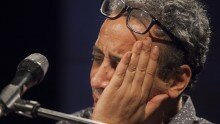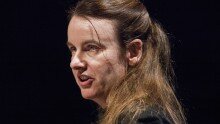Different sex
A review of Anat Zecharya’s first collection, Yafa Ahat Kodem (As Soon as Beautiful), published by Helicon in 2008.
What you first notice about Anat Zecharya’s debut book is the influence of poet Yona Wallach, and especially of Wallach’s earlier poems, although the differences are also clear. Some of these differences may be connected to the influence of Agi Mishol, one of Wallach’s most original successors, and Zecharya’s teacher, who has instilled in her students [the value of] rounder, more disciplined phrasing, subtle humour and self-control.
Not that Wallach lacked a sense of humour, but with her everything was more revolutionary, wild and multi-dimensional, because, among other things, during those faraway times in the 1960s, the tradition of Hebrew women’s poetry – into which Zecharya was born – was much smaller. Wallach had a decisive role in taking it out of the margins and making it into the innovative mainstream of Hebrew literature.
Wallach’s revolution had many sides, but there is no doubt that one is connected to the sexual power of her poetry, and the fertile encounter it had with the poetics of what is known as the Generation of the State (which is often described using the much-used, misleading and yet spot-on term ‘ironic’). “We hear rumours about [a] different sex,” Wallach wrote.
To us it may be clear that there is [a] different sex (or gender, in our terms), but then, paradoxically in the wild 1960s, this basic fact was suppressed, and there was a need for Wallach’s forceful and disturbing poetic voice to be heard.
Sexual power and “different sex” are also the aces up Zecharya’s sleeve; here they are even more paradoxical, because they depend on an ambivalent longing for just the opposite. That is, there is a hesitation, a longing for emptiness and, at the same time, an external force that might penetrate the body (from, among other sources, the “soul” – that is, fantasy). In this light, the significance of “different sex” shifts, and Zecharya captures it in a web of masochistic, erotic imagery which grants the term a more specific and inflexible shape.
The tip of this semantic field is visible even on first reading. But on second reading, it becomes clear that the subject underlies the entire book. The process is significant, because Zecharya is not only candid, but also circumspect and thoughtful. Sexual imagery, while extremely plastic, almost always appears in her work as part of a poetic fabric with many and contradictory implications (like the poetry once called ‘ironic’): the poetry aspires to balance the exposure of weakness with the demonstration of force, revelation with concealment, the pretence of innocence with a challenge, and feminist political correctness with a queer disturbance of the peace.
[ . . . ]
Clearly Zecharya is a fascinating and daring poet; there is also something traditional in her work, which preserves the spirit of women poets of the 1950s and 1960s – not only Wallach but also Dahlia Ravikovitch, whose style then – devoted to hollow spaces and also leaping or diving into fantasy – paved the way for Zecharya.
Excerpted from Sheva Leilot (Seven Nights) in the Yediot Aharanot newspaper, 9 March 2008.



